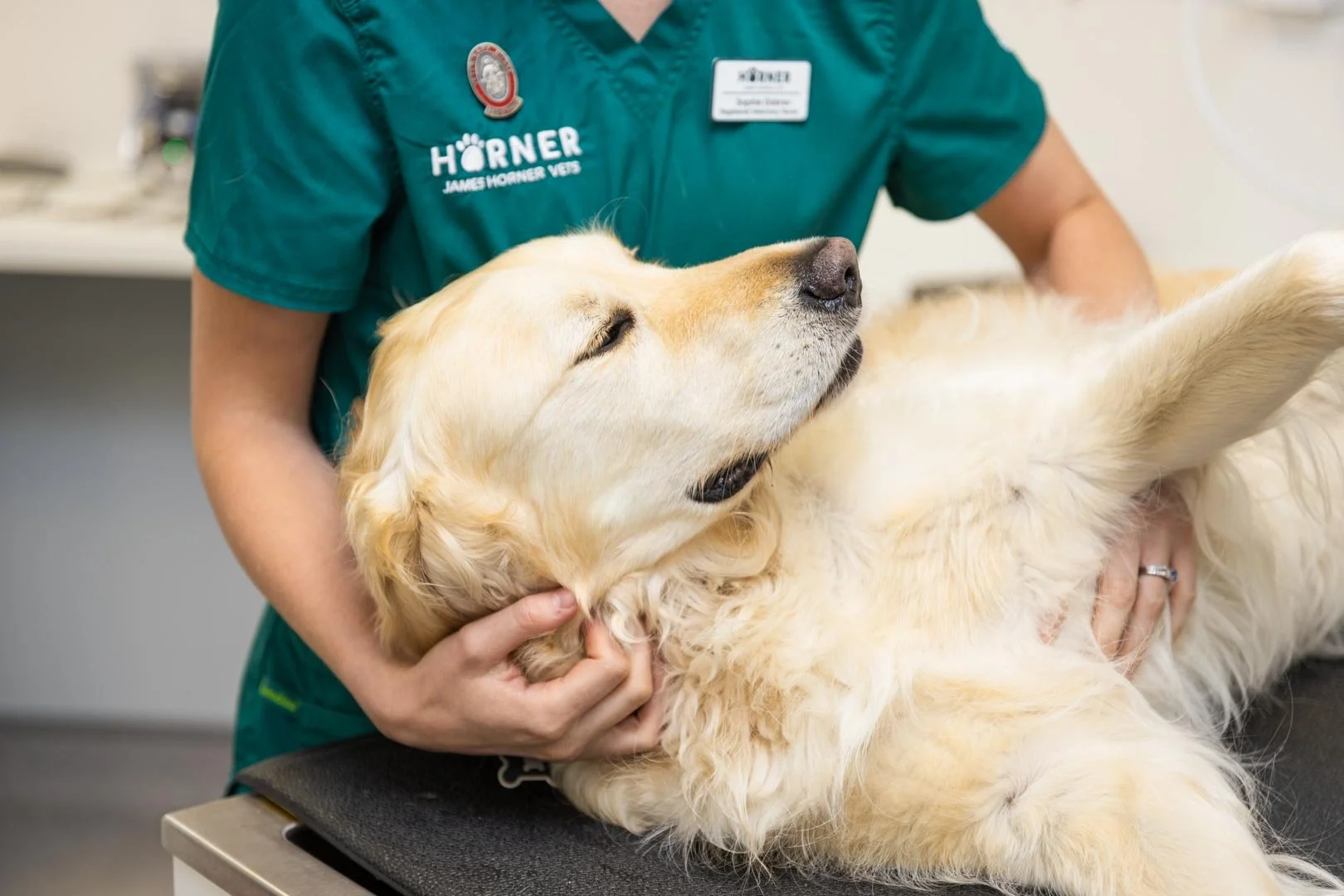Osteoarthritis in Animals - Diagnosing and Prevention
Osteoarthritis (OA)
OA is a condition that will likely affect all of us, and all our pets. Despite this it isn’t always fully understood what can be done to manage such conditions.
What is it:
Osteoarthritis is a combination of three words - “Osteo-” = bone, “-arthr-” = joint and “-itis” = inflammation. So it literally translates as joint and bone inflammation. Whilst OA is commonly referred to as Arthritis, this is not strictly accurate as “Arthritis” is translated as joint-inflammation. This inflammation is not limited to bone and can be caused by many factors including twisting a joint, infections, breaks, the body attacking itself (such as rhuematoid arthritis).
Osteoarthritis is the term given to the wear and tear joints suffer through years of use. As the bodies of our pets age, changes occur in the viscosity of the joint fluid, the integrity of the cartilage and stability of our joints. All this leads to greater friction in a joint, and it is this friction that leads to mini-episodes of inflammation in the bone and tissues around joints = Osteo-arthr-itis.
OA can occur in a single joint or several joints, and can also be present in joints away from the limbs, such as in backs and necks. The location of the joint and bone affected changes the presenting signs. In some extreme cases OA of spinal joints can be responsible for collapse and wobbling episodes.
Osteoarthritis can cause long term discomfort and pain, or sudden short episodes of pain and discomfort. In the veterinary medical language we substitute long term with “chronic” and short term with “acute”. A chronic OA case is one lasting more than 3 weeks, whilst an acute OA episode is one lasting less than 2 weeks. To complicate matters, it is possible to have an acute flare of a chronic OA condition!
How is it diagnosed:
The diagnosis of OA can be undertaken in several ways and always starts with a physical examination and history taking. Clinically we can see pain located to particular joints, such as knees, hips, elbows etc… but also changes in how pets walk. Previous injuries to joints also increase the likely development of OA.
In some cases, a diagnosis can be made with only an examination. In many others, X-rays and other tests are recommended to help us gauge the severity, and extent of OA changes in the body. Depending on each individual patient, the severity of the disease, and the long term prognosis, many different treatment options can be implemented.
What can you do to help prevent it:
Each patient is different in how they respond to interventions, but certain themes can be followed to mitigate the effects and progression of OA.
Weight management: a crucial part. Fat cells are undergoing lots of research in the human and animal fields. Recent advances have demonstrated that fat calls are very active hormonally. This activity leads to hypersensitisation of pain in joint and so a patient with well controlled weight, not only has the benefit of not physically overloading joints, but also reduces the pain experienced by OA affected joint.
Joint supplements. There are many different supplements on the market each with their magic elements. Glucosamine, chondroitin and Omega EFAs are the most common ingredients, with adjunctive components offering anti-inflammatory benefits to support the joint directly. Given the huge variety in price and composition it is better to identify what is suitable for your pet individually.
Painkillers. Painkillers are, conventionally, the most frequently used supportive tool. Many pets have vastly improved lives as a result of such an intervention and so should never be denied if felt appropriate. All painkillers are subject to the need of a veterinary assessment and prescription so individual needs will be assessed at their consultations.
Conclusion
OA is a condition that will affect all our pets to a greater or lesser degree. It can be both simple to identify but challenging to manage well. Careful teamwork between you, your vet and their nursing team, will enable a potentially life-threatening and debilitating disease be managed well to the benefit of your beloved pets.
Here at James Horner Vets our nursing team run Arthritis clinics which are included as part of the silver or gold wellness subscriptions; if you have any concerns please book an appointment with one of our vets who will be able to advise you on the best course for helping to manage/arrange for your pet to be booked into a regular nurse clinic.
For Dog & Cat Specific Information please click the below links:
Dog: Dog Advice - Arthritis | James Horner Vets | Vets in Sheldon, Birmingham
Cat: Cat Advice - Arthritis | James Horner Vets | Vets in Sheldon, Birmingham

